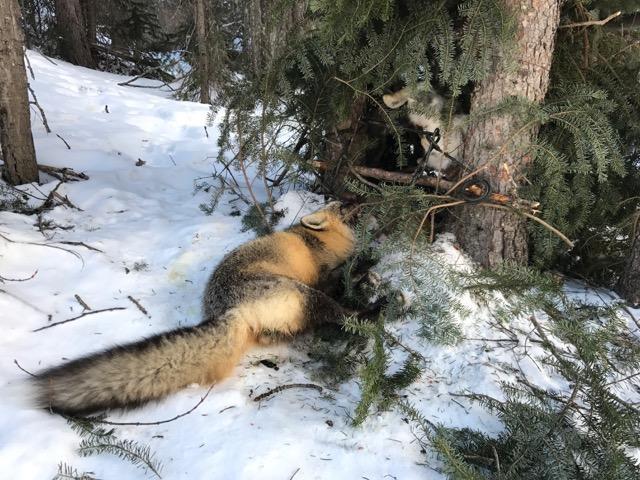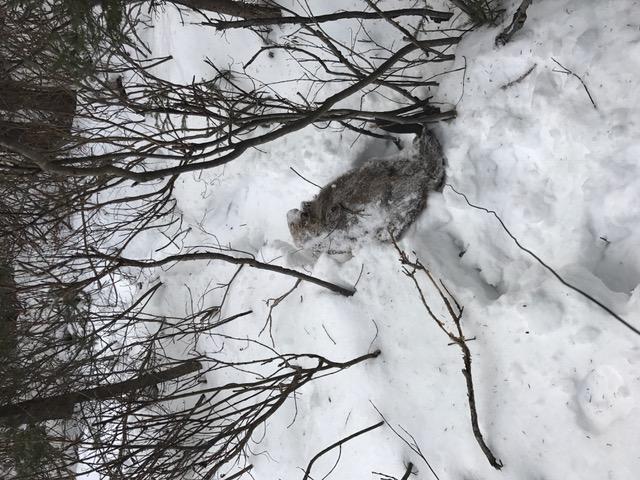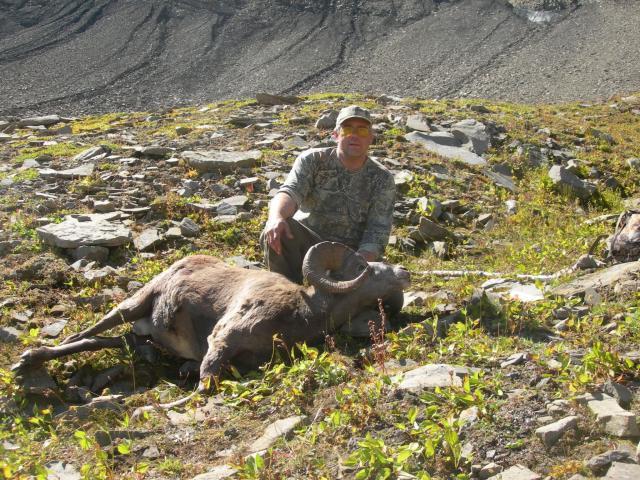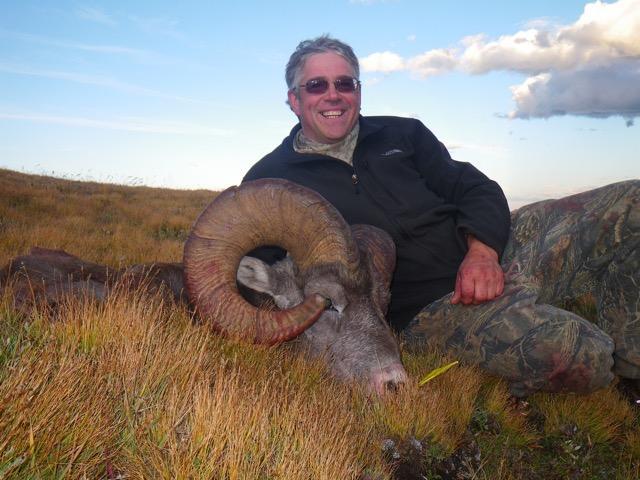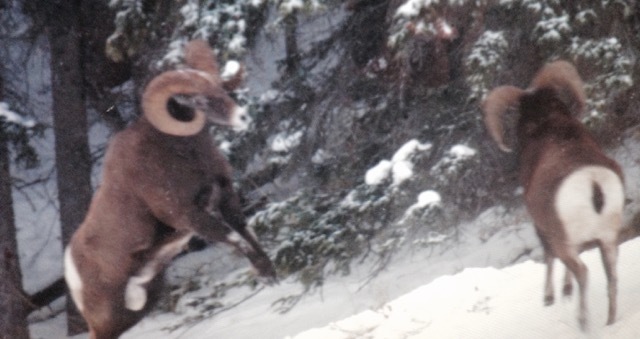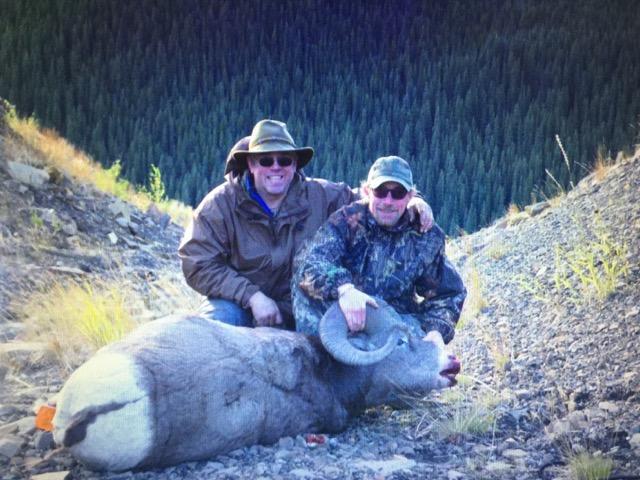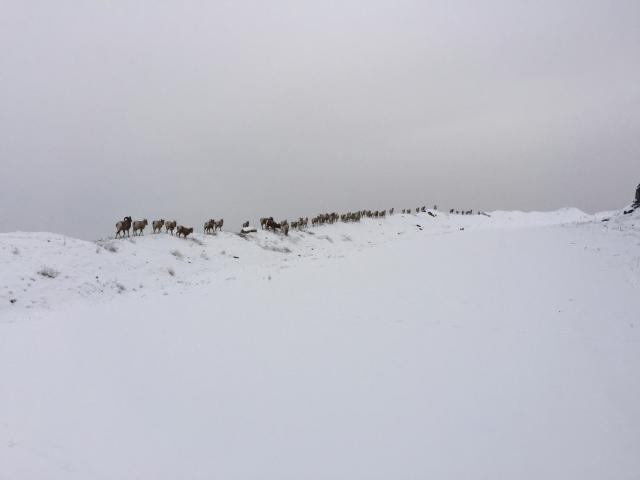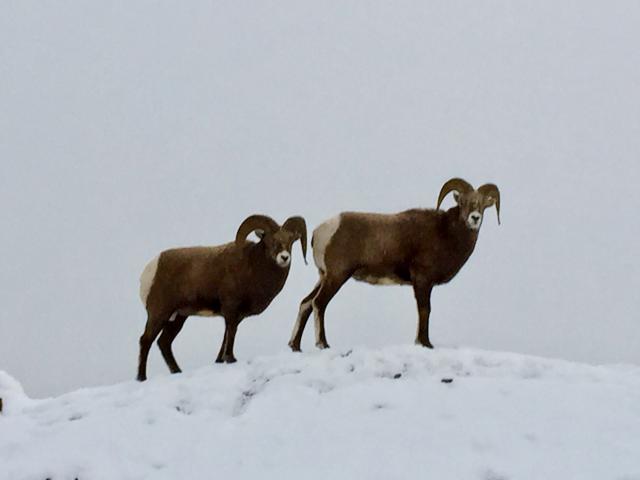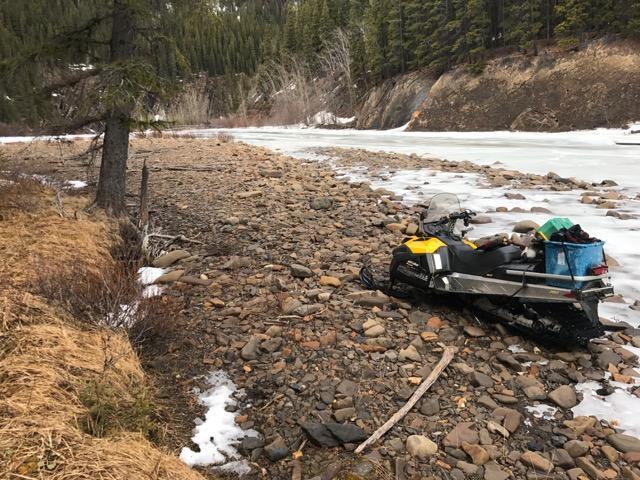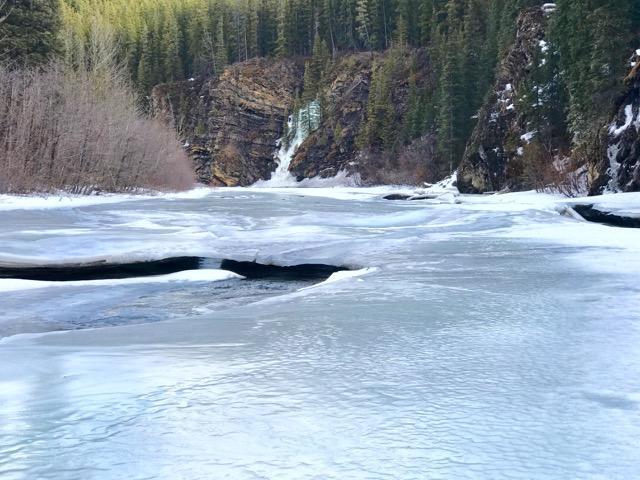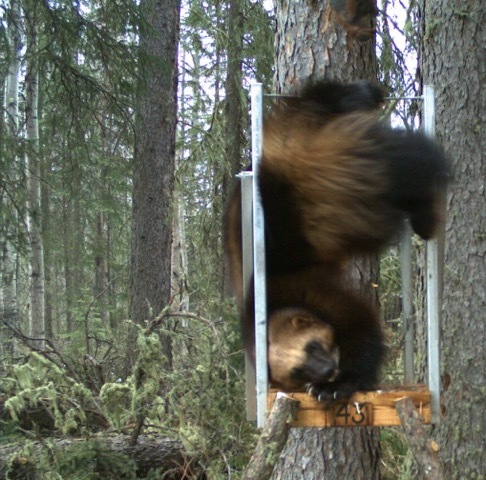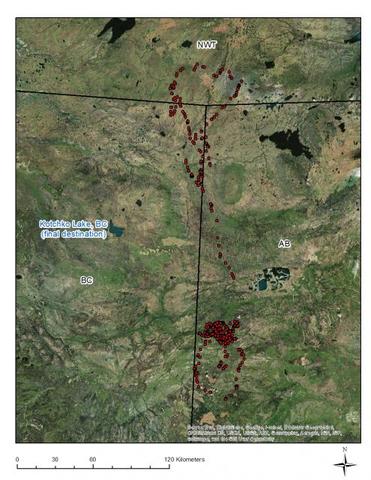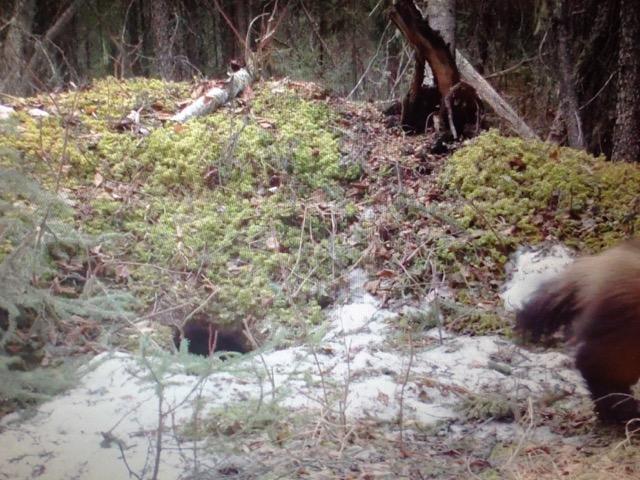Chasing Chadwick
Part One
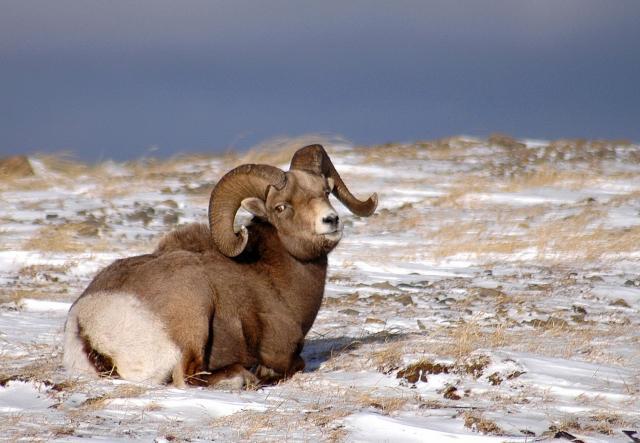
“Clear and fine this morning, with a promise of a fine warm day. Today we hope to arrive in the sheep country; only a four-hour ride. Our present camp is right at the outlet of Femme Creek, into Sheep Creek, and there is a very strong sulphur spring just below us that empties a large volume of yellowish white water that stains Sheep Creek for over a mile. It smells strong enough so that it is rather disagreeable here in camp.”
L.S Chadwick journal, September 1935
A chill ran up my spine as I read the words quoted above. Here I was sitting inside my warm cabin, having just returned from a cold day of trapping along the banks of the very creek Chadwick referred to. I continued to read on, and found myself drawn into a hunting tale nearly three quarters of a century old.
“We were packed up and on the trail by 9:30, going up the Femme Creek. We found that a summer flood had torn out most of the trail and had filled the entire gorge with flood timber, and hundreds of tons of soft coal that had washed down from the cut banks. We traveled up to about 2 p.m., over a horrible trail, or rather, country without a trail; probably went about 10 miles to the summit of Femme Creek. We are now camped at the summit, in a nice place, well-shielded by spruce and balsams. The nicest camp site we have had so far, up about 7000 feet and with a snow drift at our back door.”
As I sat back in my chair the warmth from the wood stove made me sleepy and my mind started drifting. I thought to myself that while the name Chadwick by itself does not bring much recognition, just add the word ram and watch a hunter’s eyes light up. L.S. Chadwick had the distinction, way back in 1937, of harvesting one of North America’s finest trophies. Many consider the Chadwick Stone Sheep Ram, with over 60” of horn, to be the Holy Grail of sheep hunting.
While I knew that the Chadwick Ram had been harvested just over the B.C / Alberta border not far from where I sat, it came as a complete surprise to me to discover that L.S had also hunted extensively in the northern Alberta Rockies that I call home. It not for a series of fortuitous events I would never have come into possession of a copy of the hunting journals that Chadwick had written of his Alberta adventures.
I had become involved with a couple of conservation groups and it was during a fund-raising banquet that I found myself working alongside a feisty 84 year old lady by the name of Ishabel Cochrane. I knew that Ishabel, and her family the Hargreaves, had outfitted in the Willmore Park from the 1930’s on. In fact one of her uncles, George Hargreaves, was buried up in the high country on my trap line. He had passed away on a hunting expedition and in those days there was no way to bring a body out. I also knew that Ishabel’s father, Roy Hargreaves, had guided L.S. Chadwick when he took his famous ram.
While working the banquet Ishabel handed me a copy of two sets of L.S Chadwicks hunting journals, along with some original photos of the Chadwick ram. She wanted them placed into public domain so that the stories would not be lost. And that’s how I came to be reading the Chadwick journal later that winter.
“After we got located I took a short scouting trip and saw 9 sheep, a dozen caribou and lots of goats. One ram came down to within 200 yards of camp and I took pictures of him. This is wonderful country for game feed, and we should be able to get some good pictures and perhaps a good head or two. We had to kill several porcupines last evening, to keep them from eating up our kits, saddles, etc. We were up at 6:00 a.m., late for us, but the weather was not at all promising. After breakfast we started out for the top of a high mountain overlooking Femme Creek. We saw 40 or 50 sheep, mostly ewes and lambs, and a few small rams, but no good ones. The day finally wound up with a heavy thunderstorm, with rain, snow and sleet, together with the prospects for another bad day tomorrow.”
L.S. Chadwick
Mountains and bad weather go together. Ironically some friends and I had just packed in a sheep camp to the very same range that L.S had hunted in 1935. We had made our way on horseback deep into the wilderness, following an old hunting trail with 100-year old blazes marking the way. While the trail may have a long history, it hadn’t seen much use in recent years, and our trek was a tough one.
But when we reached our hard-won-destination we were rewarded with the prettiest camp I’ve ever set up in. One one-side a mountain stream raced downhill towards its eventual union with the Smoky River, while on the other a spring-fed-lake lay surrounded by a lush alpine meadow. Our first day in camp the weather was stellar, and we couldn’t wait to hit the high country. Once we started climbing it didn’t take long to get into sheep. As we crouched inside a field of jagged rock we watched as a band of rams made their way towards us.
It was soon evident that the rams were all youngsters and we settled back to see how they would react to us. Closer and closer they came until finally they stopped at 20 yards and peered at us over the edge of a sheer rock face. I looked upward at the nine heads
silhouetted against the blue sky and thought about how lucky I was to be alive, at that moment, in that place.
The next day however was a different story. I awoke to the sound of a torrential down pour slamming up against our tent. Soon a stream of water made its way across the dirt floor and I was glad that we, and our gear, were high and dry on top of a tarp. We spent the next three days waiting for a break in the weather, but to no avail.
We had one moment of false hope when the skies cleared up in the late afternoon of day two. We all traipsed out into the meadow and started glassing the slopes around us. Sure enough sheep came into view running across the ridges and feeding on the grassy plateaus. At this point all of our horses went on high alert, and we discovered a jet-black grizzly bear feeding on the upper ridge behind our camp. Although he was over 900 yards away the horses were locked onto him like radar. As watched the grizzly through our binoculars the fog and rain drifted back in and he and the sheep were soon hid from view. As I remember it no one went out into the pitch black darkness that night to relieve themselves!
The next morning we woke to more rain and sleet with no end in sight. A group decision was made to pull out before the rain raised the levels of the many watercourses we had to cross on our way home. As I pulled out of the meadow I vowed to return the following year and further explore what looked like excellent sheep country. Now as I sat with Chadwick’s journal in my hands my determination to return to the ranges he had hunted was intensified.
“Three fine days and a beautiful, clear morning, with a promise of a fine day. Roy and I started to hunt on foot as we only had 1½ miles to go before we were out of the timber. It was a hard slippery climb, but we were on top before 10:00 a.m. Right at the top and at the very topmost rocks, we came across five rams almost perfectly blended into the rocks. I could only see two of them, but it so happened that I could see the big one. I tried to shoot him at 150 yards but I overshot him. An easy shot and a perfect steady hold, but a trifle too high. He rushed out of sight, then turned back, and in a moment’s time his head and shoulders came in full view at the top of the mountain.
Here I was able to get a good steady bead on him at about 250 yards and he went down like a plummet, in spite of the fact he was a mighty small mark to shoot at. He was a fine, big nine-year-old ram, with only a 34 “ horn with 15 ½ “ bases; a big disappointment to me as I thought that he would go at least 38”, but the curl was too small. I shall have one more chance and hope to get a big head with at least a 38” yet. “
L.S. Chadwick
As promised to myself I did return to that sheep camp the following year, but now I had a problem. My muscles ached but I didn’t dare stir. One of the rams was locked onto my position waiting for me to move. The ram dropped his head pretending to feed, but then quickly jerked his head up, hoping to catch me making a mistake.
Brian Bildson Copyright 2016




